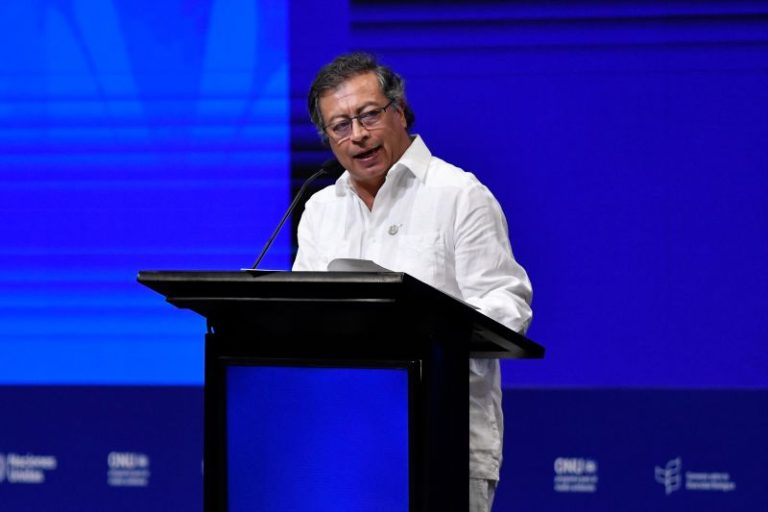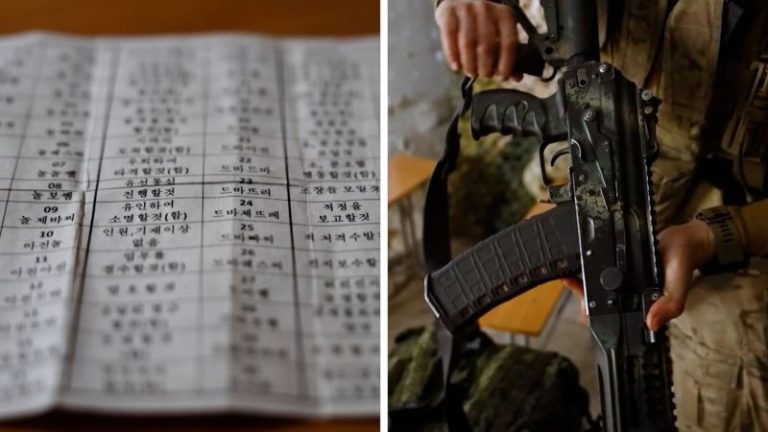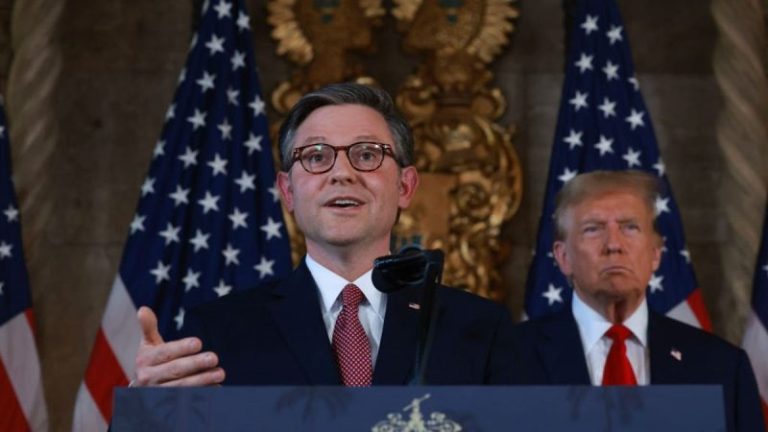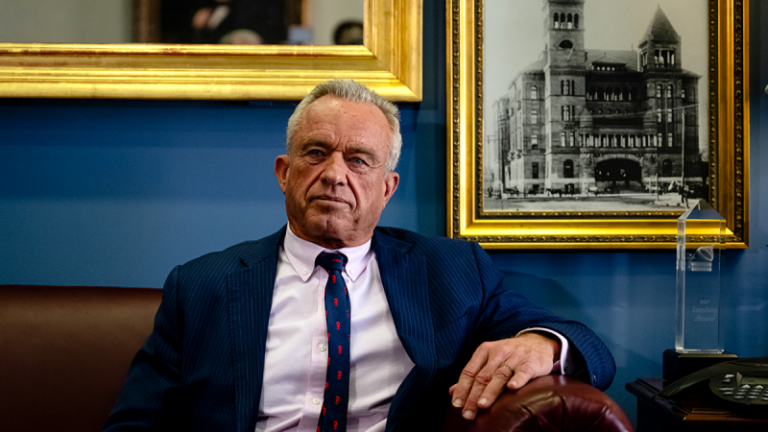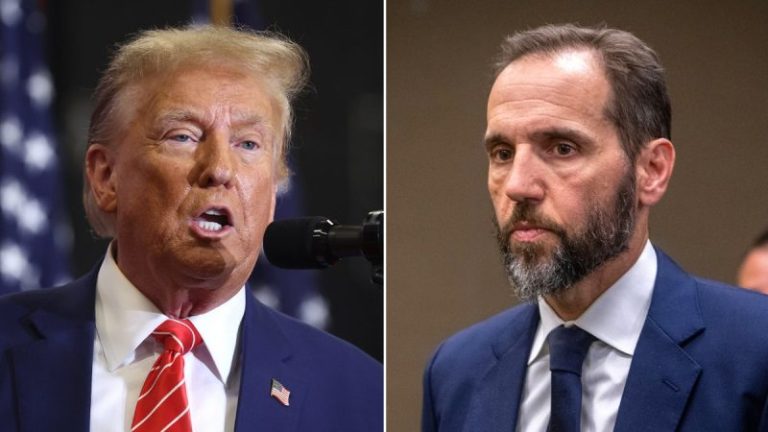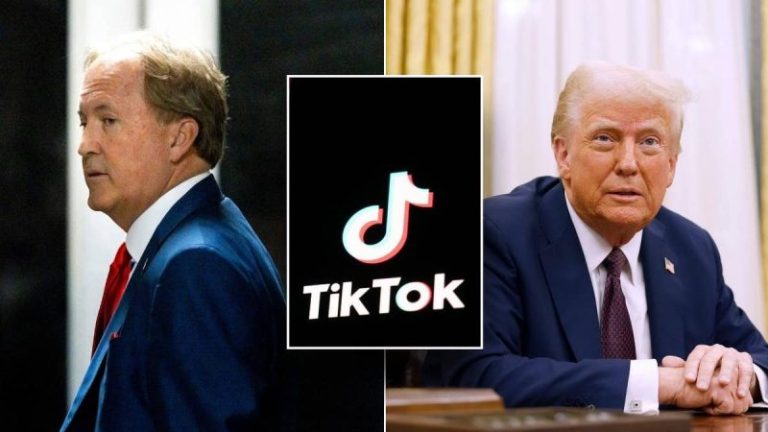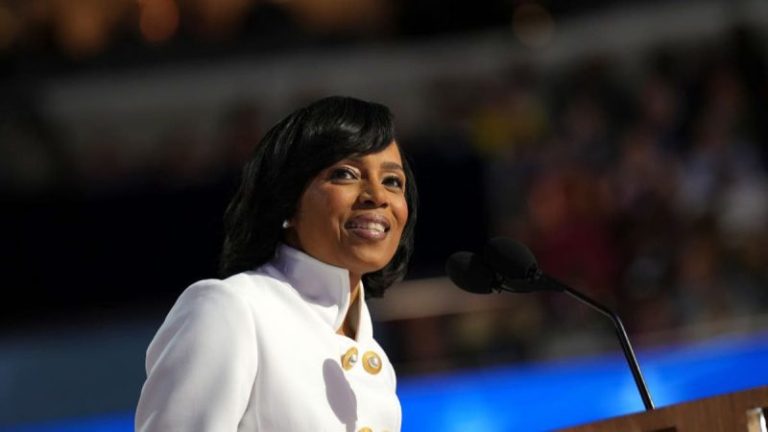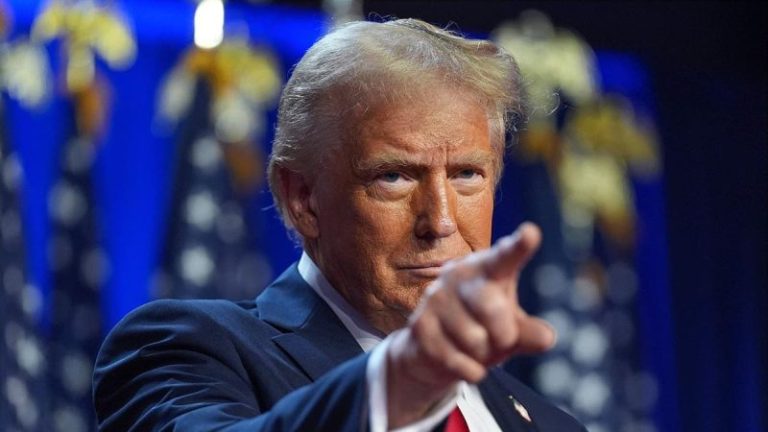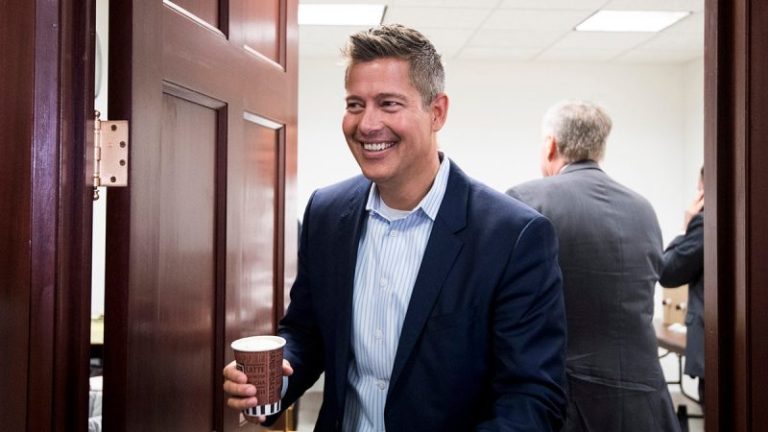A simmering diplomatic stand-off over deportation flights spilled onto social media Sunday, threatening the once close relationship between the United States and Colombia and further exposing the anxiety many feel in Latin America toward a second Trump presidency.
Angered by how deportees were being returned with their hands bound aboard military flights, Colombian President Gustavo Petro turned back two of the flights that were already in the air and heading to the South American nation, catching the Trump administration by surprise.
In several posts on X, he announced he was blocking US military deportation flights. Petro later directed a post at US Secretary of State Marco Rubio, warning, “I will never allow Colombians to be brought in handcuffs on flights. Marco, if officials from the Foreign Ministry allowed this, it would never be under my direction.” It was a bold position – and one he would soon be forced to back down from.
The sudden rift between the United States and Colombia, which has long been a major recipient of US military aid and until now had accepted deportation flights, immediately galvanized a region struggling over how to respond to the new US president.
Trump has vowed to deport scores of immigrants back to Latin American nations, carry out cross border attacks on Mexican drug cartels, increase economic sanctions on leftist governments in Cuba, Nicaragua and Venezuela, and seize control of the Panama Canal.
Some regional leaders were quick to cheer the Colombian on. “Our support to President Gustavo Petro in his worthy defense of the rights of Colombians and his response to the discriminatory treatment and blackmail with which they intend to pressure his people and Our America,” Cuban President Miguel Diaz-Canel wrote on X.
For Colombia – a country that has received billions of dollars in aid from the US to fight drug trafficking and militant groups over the years – to openly defy the US would have sent a powerful signal across the hemisphere. And it could have complicated the Trump administration’s efforts to force other countries to fall in line behind their campaign to accept the deportations, which are deeply unpopular in the region. By successfully pushing back, Petro could have opened the door for other regional leaders to do the same.
Already dealing with corruption scandals and worsening violence as two Colombian militant groups battle each other and the government, Petro may have thought that picking a public fight with the Trump administration would provide a welcome distraction.
But the former guerrilla-turned-Colombia’s first leftist president apparently misjudged how vociferously the new US administration would respond.
Petro did not follow Mexican President Claudia Sheinbaum’s declaration that “it’s always important to keep a cool head” when dealing with Trump’s threats.
Instead, Petro tried to go insult for insult with Trump, writing in lengthy posts on X to the US president that he must consider Colombians to be “inferior” and that “I don’t shake hands with white slavers.”
Short-lived escalation
There is little patience for Petro in the new Republican administration, say experts.
“Donald Trump and the people around him, including Rubio, don’t like Gustavo Petro,” said Adam Isacson, the director of defense oversight for the Washington Office on Latin America think tank. “So he was like a perfect foil, somebody they could use to make an example of for every other country in the region that they want to threaten if they get in the way of deportation.”
The US is Colombia’s largest trading partner. As the Trump administration struck back with 25% tariffs among other things, Petro backed down later that day – and hopes that he would become the new standard bearer for an anti-Trump, Latin American left suddenly evaporated.
Washington’s threat of economic tit-for-tat and canceled visa services spooked not only Colombians but other countries in the region who saw even more clearly after Sunday how central arm-twisting will be to Trump’s foreign policy.
Many across the region were surprised that Petro – after initiating a diplomatic incident– had folded so quickly. Still, the possibility remained that a summit of leaders at the leftist regional CELAC body scheduled for Thursday could revive a unified anti-Trump bloc to push back against the deportations.
The dust-up between Colombia and the US showed once again that because of sheer proximity, Latin America will likely bear the brunt of many Trump policies and the wrath of US officials when regional leaders attempt to speak out.
However bitter the fallout from the incident, the heavy-handed US pressure campaign appeared to have achieved the desired result for the Trump administration – at least for the moment.
On Monday, Colombia announced it was sending its own military planes to pick up the migrants that were supposed to have arrived the day before.

